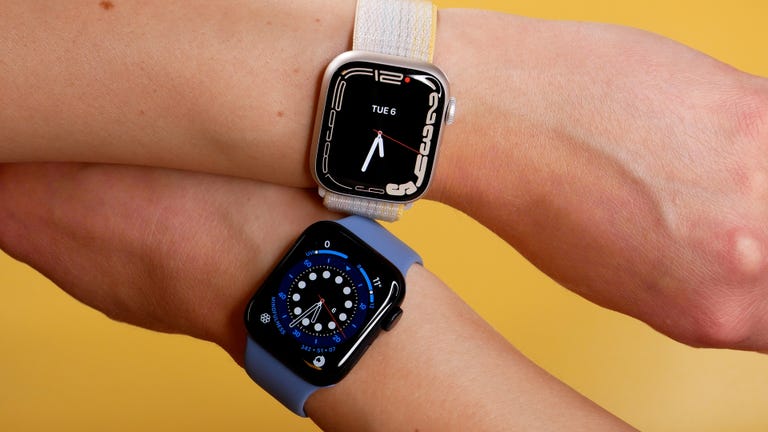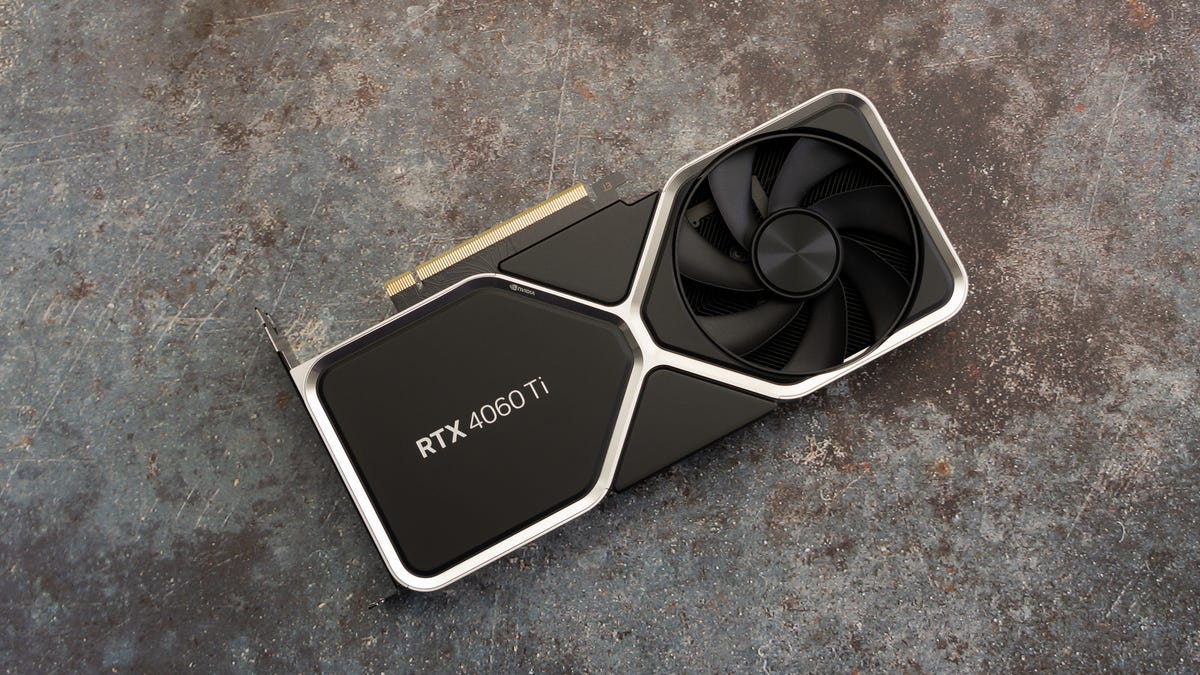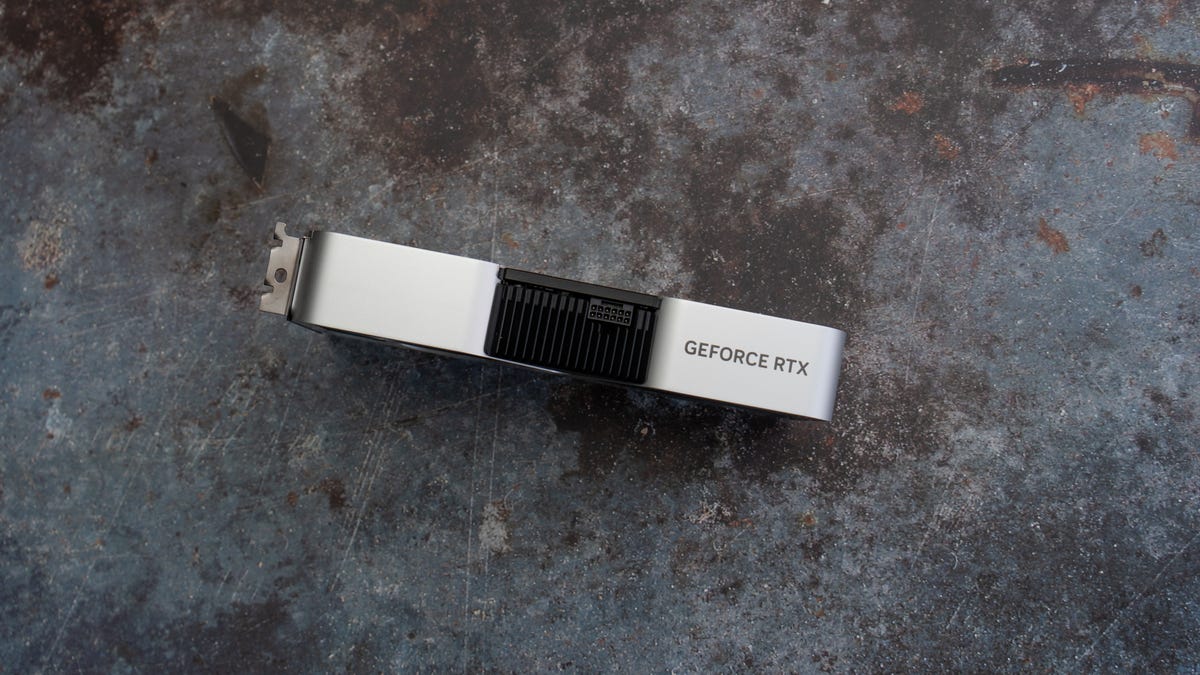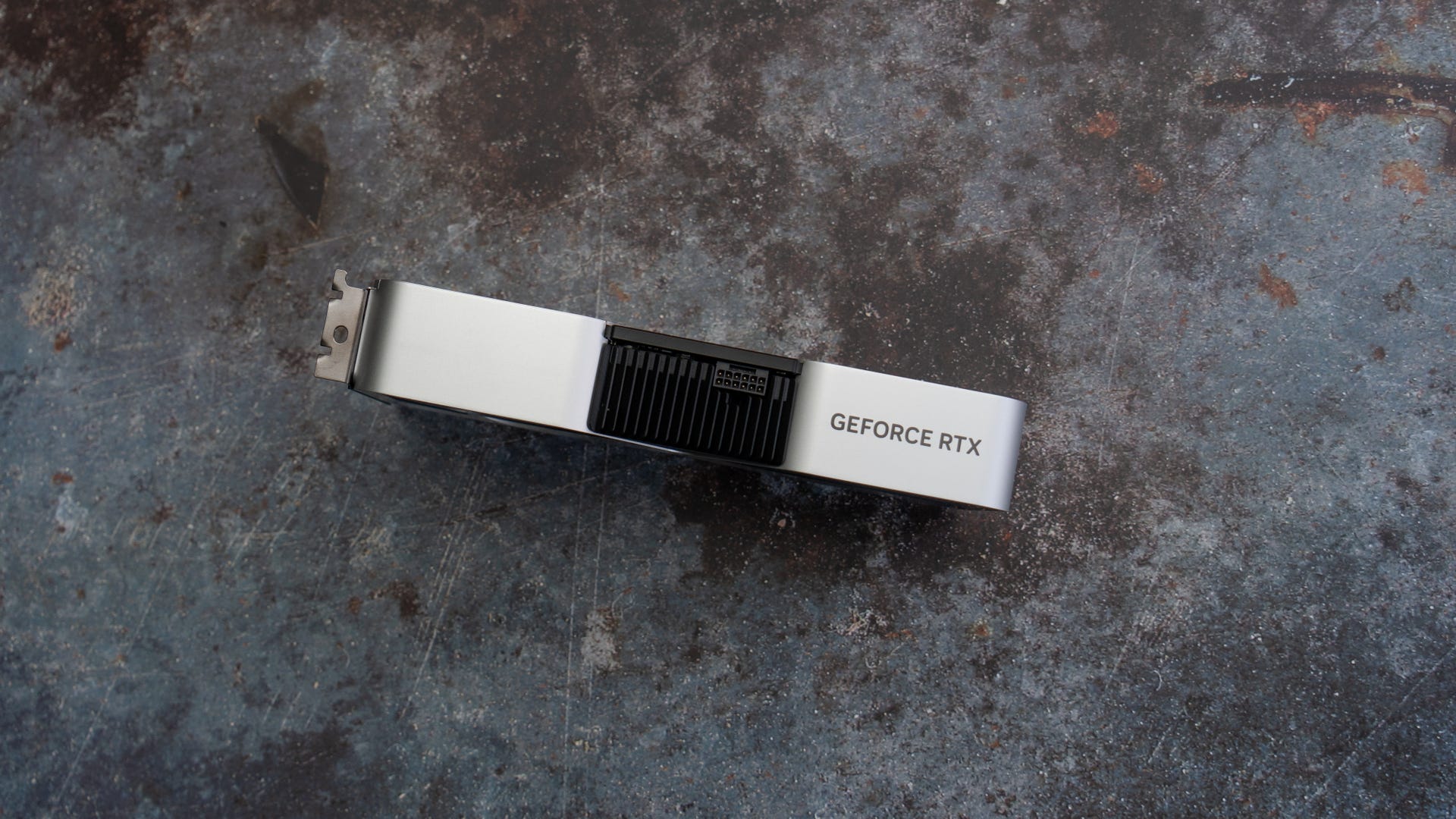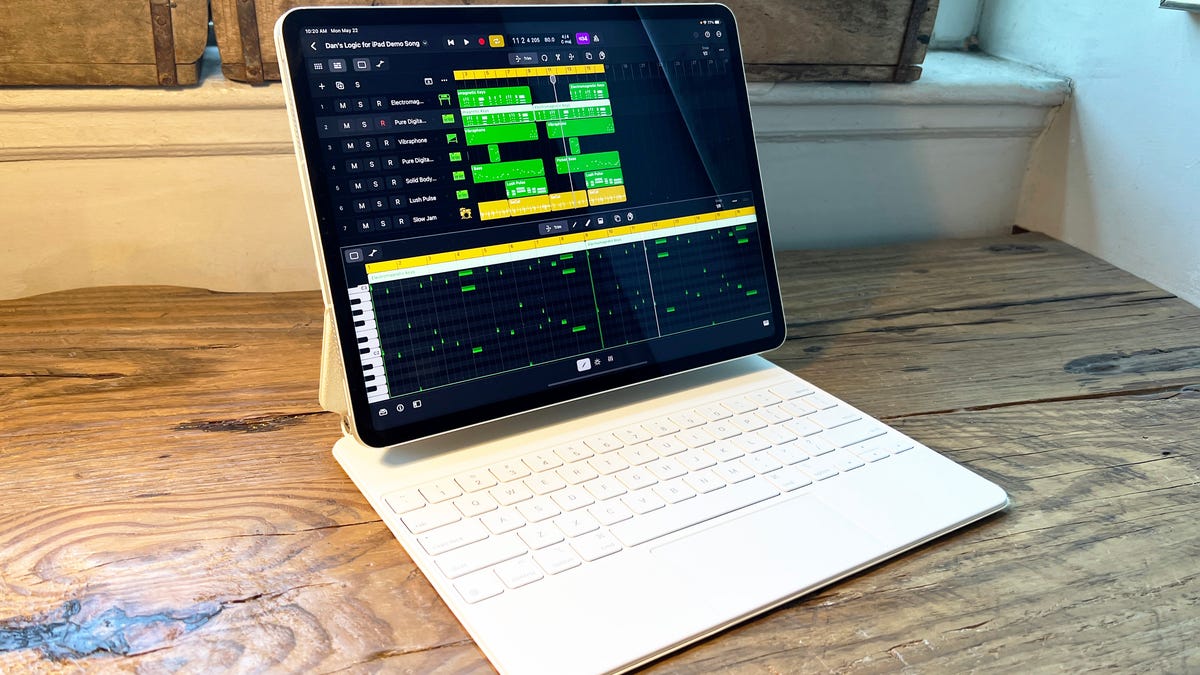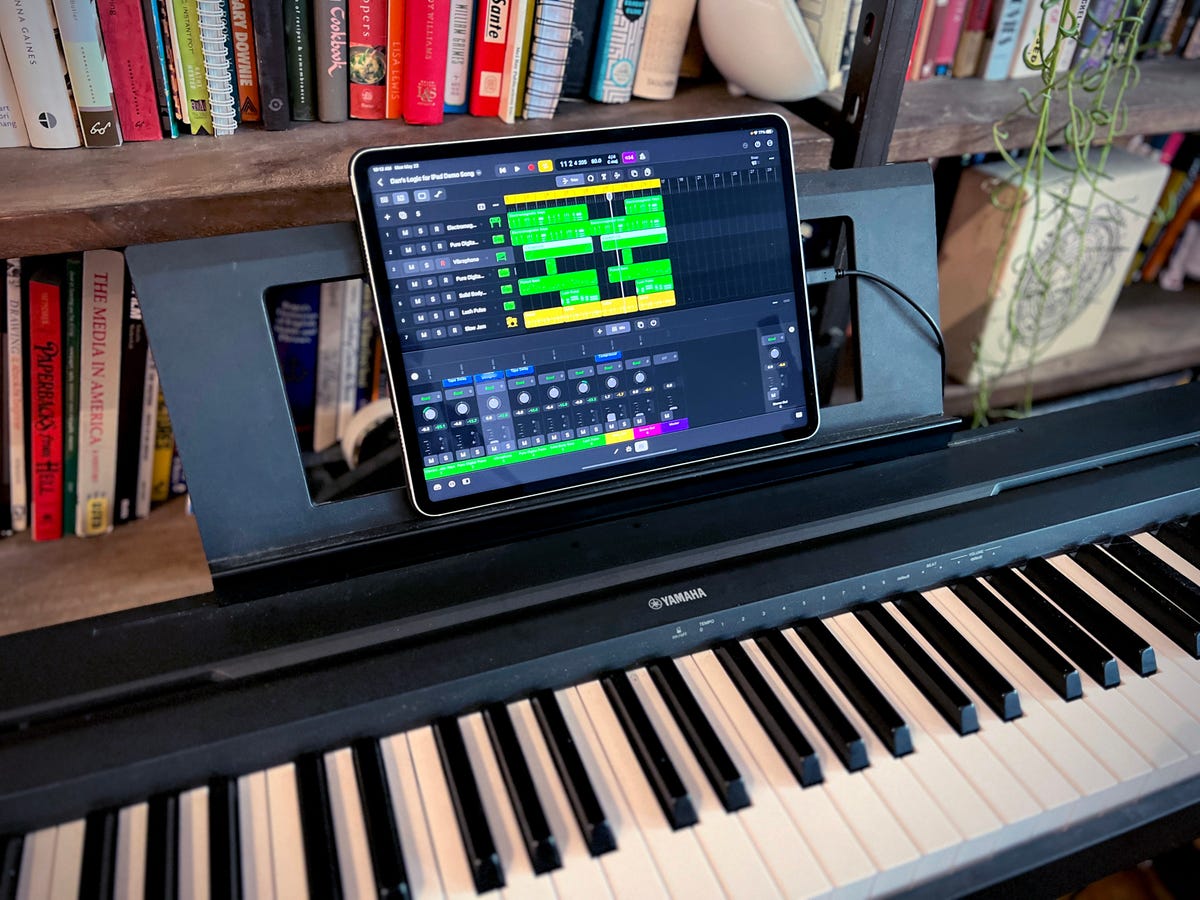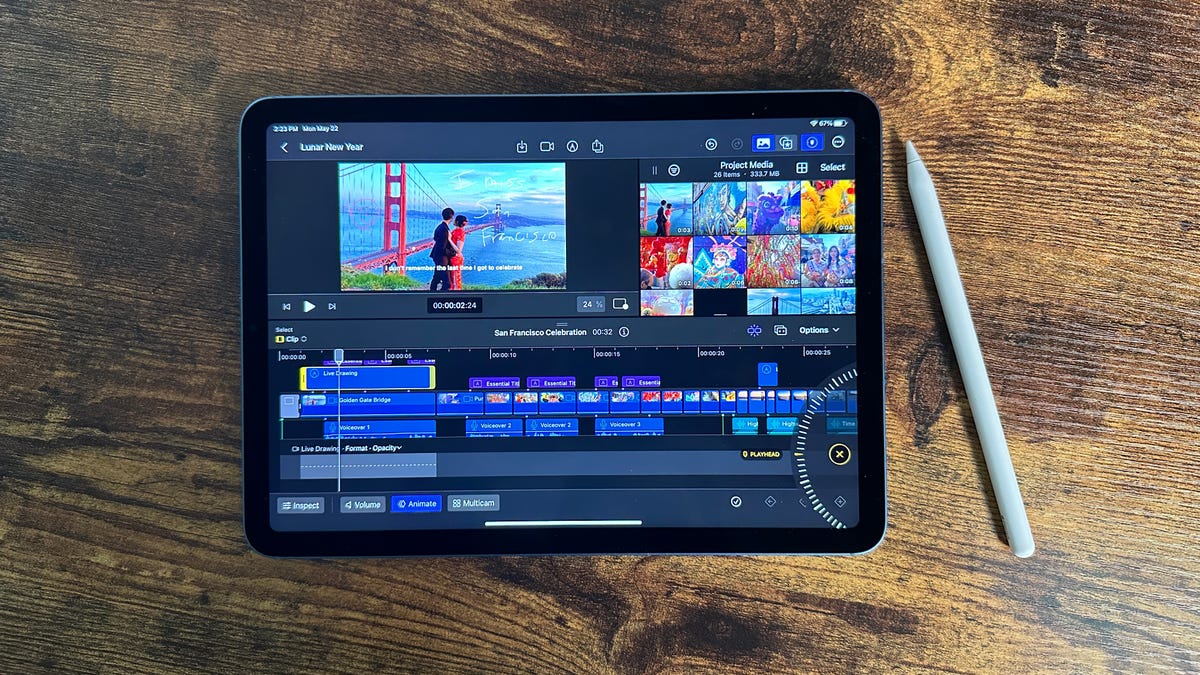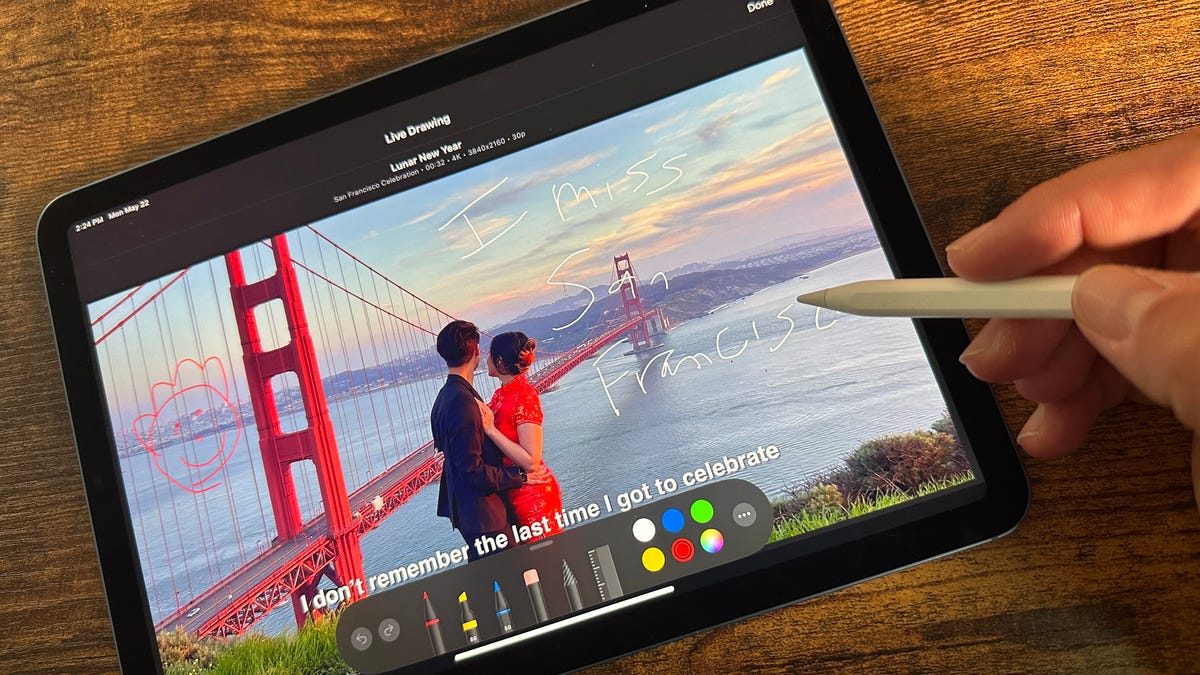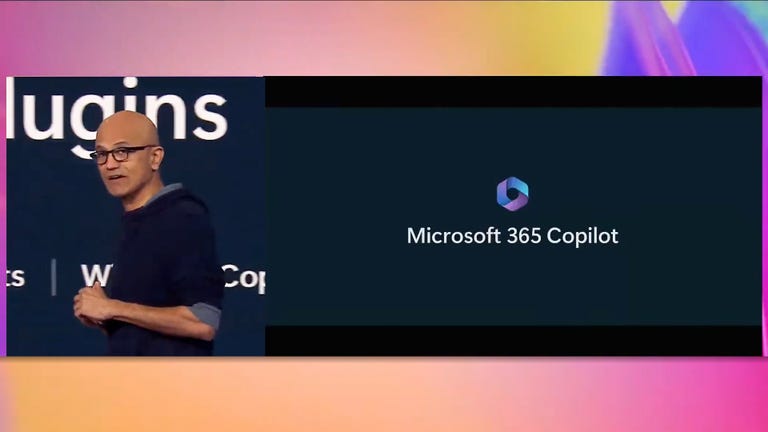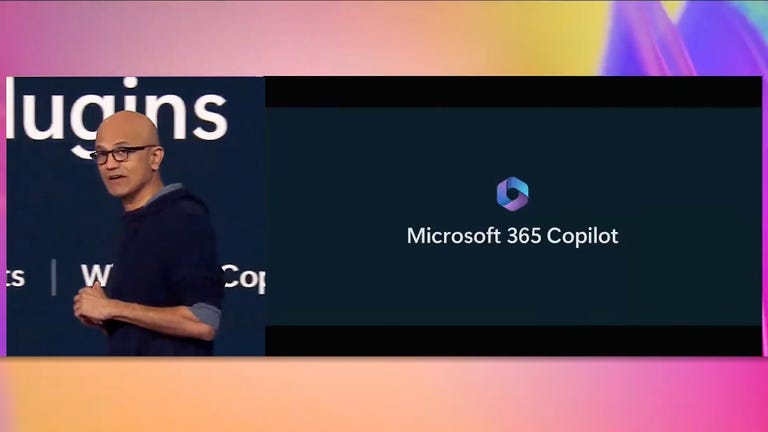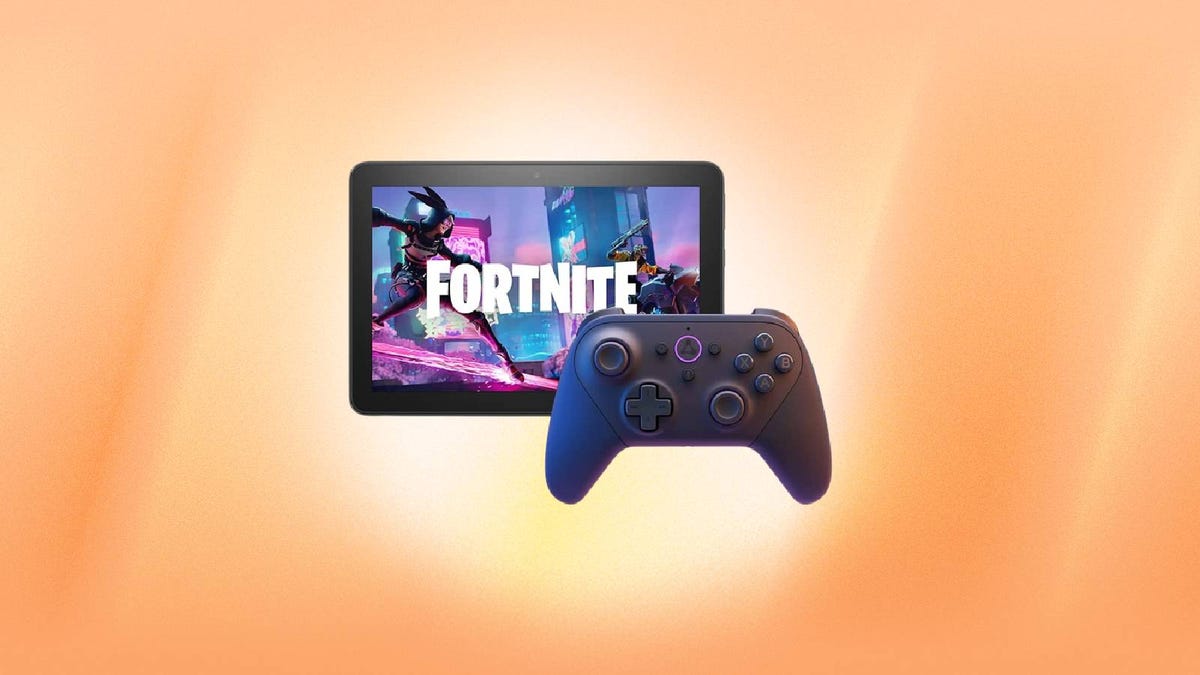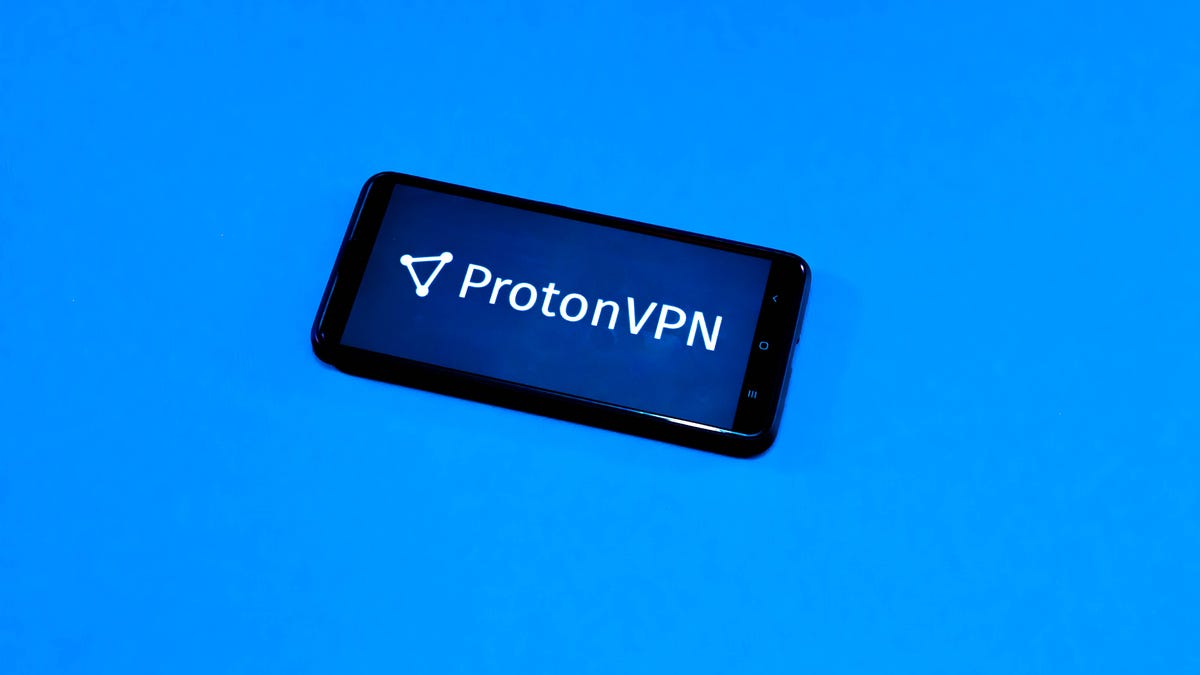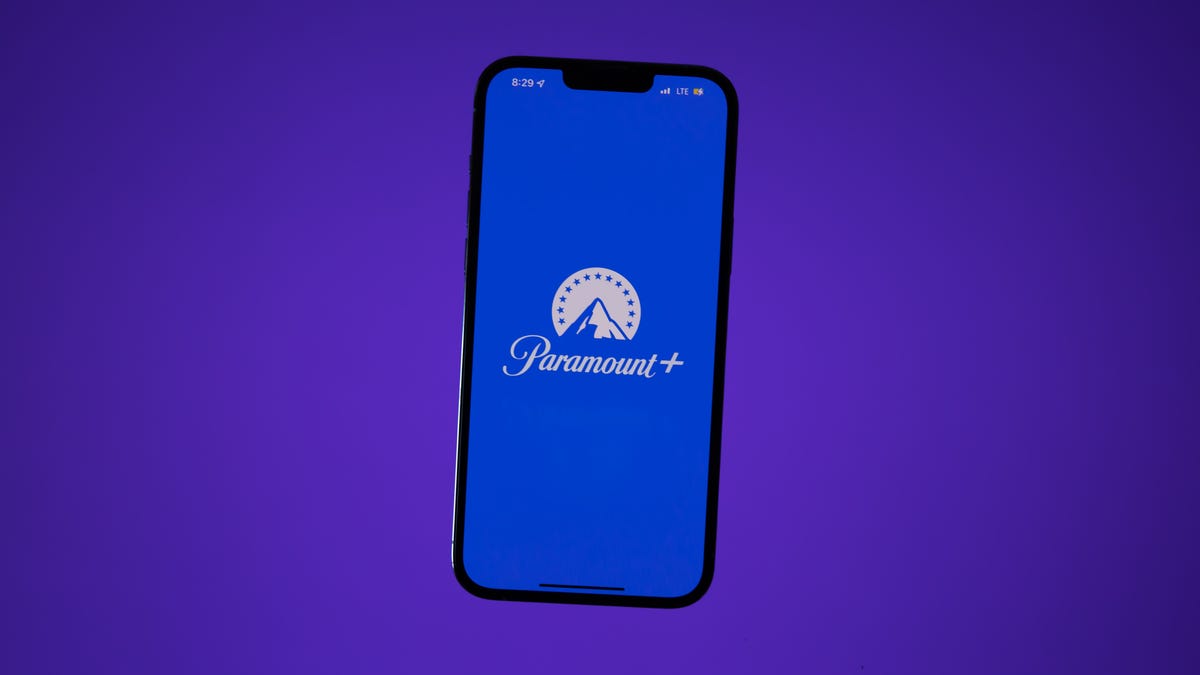Adobe is building generative AI abilities into its flagship image-editing software with a new Photoshop beta release Tuesday. The move promises to release a new torrent of creativity even as it gives us all a new reason to pause and wonder if that sensational, scary or inspirational photo you see on the internet is actually real.
In my tests, detailed below, I found the tool impressive but imperfect. Adding it directly to Photoshop is a big deal, letting creators experiment within the software tool they’re likely already using without excursions to Midjourney, Stability AI’s Stable Diffusion or other outside generative AI tools.
With Adobe’s Firefly family of generative AI technologies arriving in Photoshop, you’ll be able to let the AI fill a selected part of the image with whatever it thinks most fitting – for example, replacing road cracks with smooth pavement. You can also specify the imagery you’d like with a text prompt, such as adding a double yellow line to the road.
Firefly in Photoshop also can also expand an image, adding new scenery beyond the frame based on what’s already in the frame or what you suggest with text. Want more sky and mountains in your landscape photo? A bigger crowd at the rock concert? Photoshop will oblige, without today’s difficulties of finding source material and splicing it in.
Photoshop’s Firefly, which is scheduled to emerge from beta testing in the second half of 2023, can be powerful. In Adobe’s live demo, the tool was often able to match a photo’s tones, blend in AI-generated imagery seamlessly, infer the geometric details of perspective even in reflections and extrapolate the position of the sun from shadows and sky haze.
Such technologies have been emerging over the last year as Stable Diffusion, Midjourney and OpenAI’s Dall-Ecaptured the imaginations of artists and creative pros. Now it’s built directly into the software they’re most likely to already be using, streamlining what can be a cumbersome editing process.
“It really puts the power and control of generative AI into the hands of the creator,” said Maria Yap, Adobe’s vice president of digital imaging. “You can just really have some fun. You can explore some ideas. You can ideate. You can create without ever necessarily getting into the deep tools of the product, very quickly.”
Now you’d better brace yourself for that future.
Photoshop’s Firefly AI imperfect but useful
In my testing, I frequently ran into problems, many of them likely stemming from the limited range of the training imagery. When I tried to insert a fish on a bicycle to an image, Firefly only added the bicycle. I couldn’t get Firefly to add a kraken to emerge from San Francisco Bay. A musk ox looked like a panda-moose hybrid.
Less fanciful material also presents problems. Text looks like an alien race’s script. Shadows, lighting, perspective and geometry weren’t always right.
People are hard, too. On close inspection, their faces were distorted in weird ways. Humans added into shots could be positioned too high in the frame or in otherwise unconvincingly blended in.
Still, Firefly is remarkable for what it can accomplish, particularly with landscape shots. I could add mountains, oceans, skies and hills to landscapes. A white delivery van in a night scene was appropriately yellowish to match the sodium vapor streetlights in the scene. If you don’t like the trio of results Firefly presents, you can click the “generate” button to get another batch.
Given the pace of AI developments, I expect Firefly in Photoshop will improve.
It’s hard and expensive to retrain big AI models, requiring a data center packed with expensive hardware to churn through data, sometimes taking weeks for the largest models. But Adobe plans relatively frequent updates to Firefly. “Expect [about] monthly updates for general improvements and retraining every few months in all likelihood,” Adobe product chief Scott Belsky tweeted Tuesday.
Automating image manipulation
For years, “Photoshop” hasn’t just referred to Adobe’s software. It’s also used as a verb signifying photo manipulations like slimming supermodels’ waists or hiding missile launch failures. AI tools automate not just fun and flights of fancy, but also fake images like an alleged explosion at the Pentagon or a convincingly real photo of the pope in a puffy jacket, to pick two recent examples.
With AI, expect editing techniques far more subtle than the extra smoke easily recognized as digitally added to photos of an Israeli attack on Lebanon in 2006.
It’s a reflection of the double-edged sword that is generative AI. The technology is undeniably useful in many situations but also blurs the line between what is true and what is merely plausible.
For its part, Adobe tries to curtail problems. It doesn’t permit prompts to create images of many political figures and blocks you for “safety issues” if you try to create an image of black smoke in front of the White House. And its AI usage guidelines prohibit imagery involving violence, pornography and “misleading, fraudulent, or deceptive content that could lead to real-world harm,” among other categories. “We disable accounts that engage in behavior that is deceptive or harmful.”
Firefly also is designed to skip over styling prompts like that have provoked serious complaints from artists displeased to see their type of art reproduced by a data center. And it supports the Content Authenticity Initiative‘s content credentials technology that can be used to label an image as having been generated by AI.
Generative AI for photos
Adobe’s Firefly family of generative AI tools began with a website that turns a text prompt like “modern chair made up of old tires” into an image. It’s added a couple other options since, and Creative Cloud subscribers will also be able to try a lightweight version of the Photoshop interface on the Firefly site.
When OpenAI’s Dall-E brought that technology to anyone who signed up for it in 2022, it helped push generative artificial intelligence from a technological curiosity toward mainstream awareness. Now there’s plenty of worry along with the excitement as even AI creators fret about what the technology will bring now and in the more distant future.
Generative AI is a relatively new form of artificial intelligence technology. AI models can be trained to recognize patterns in vast amounts of data – in this case labeled images from Adobe’s stock art business and other licensed sources – and then to create new imagery based on that source data.
Generative AI has surged to mainstream awareness with language models used in tools like OpenAI’s ChatGPT chatbot, Google’s Gmail and Google Docs, and Microsoft’s Bing search engine. When it comes to generating images, Adobe employs an AI image generation technique called diffusion that’s also behind Dall-E, Stable Diffusion, Midjourney and Google’s Imagen.
Adobe calls Firefly for Photoshop a “co-pilot” technology, positioning it as a creative aid, not a replacement for humans. Yap acknowledges that some creators are nervous about being replaced by AI. Adobe prefers to see it as a technology that can amplify and speed up the creative process, spreading creative tools to a broader population.
“I think the democratization we’ve been going through, and having more creativity, is a positive thing for all of us,” Yap said. “This is the future of Photoshop.”
Editors’ note: CNET is using an AI engine to create some personal finance explainers that are edited and fact-checked by our editors. For more, see this post.
